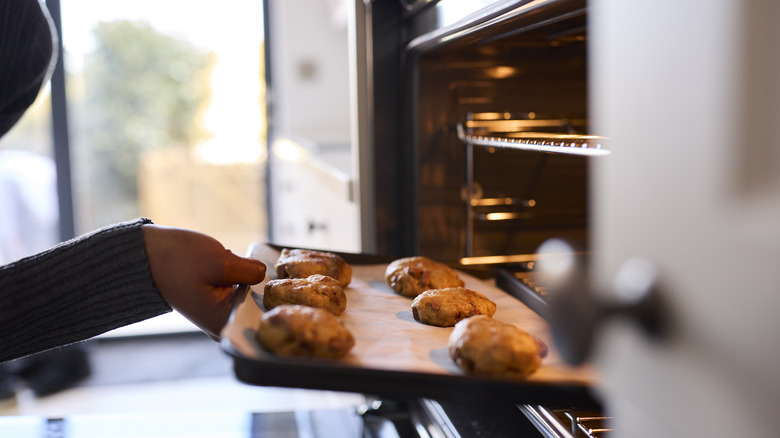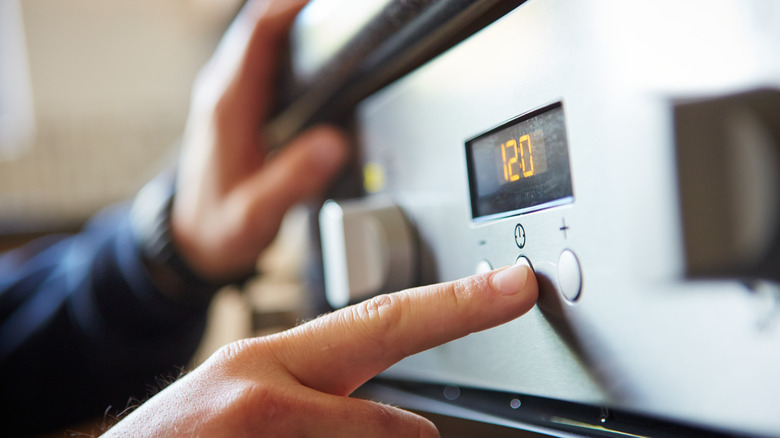Preheating: Is it something vital for better quality food or simply an unnecessary venture? In practically every recipe that requires an oven, preheating is listed as one of the first steps. Yet, many home cooks can probably attest to skipping it every now and then. Before you feel any guilt for foregoing it, know that there are rare instances in which you don’t need to preheat your oven.
Don’t get us wrong; preheating is an important cooking step. It can also take up to 20 minutes, which isn’t the most timely option when you’re in a rush. Since it tacks on extra time in between you and your meal, it isn’t always necessary for food that’s cooked over a lengthy period of time. When braising meat, fish, and vegetables or slowly roasting them in the oven, there’s no need to ensure that the oven has reached a specific temperature before putting the food inside. Cooked under a low, steady heat for hours on end, that first 20 minutes won’t be making much of an impact.
With braising, as long as the liquid simmers, preheating won’t matter as much. The same goes for other saucy recipes, such as lasagna bolognese or mac and cheese, or reheating cooked food. Not preheating may make the food take longer before it fully warms up, but the 20 minutes it takes your oven to preheat still requires you to exercise some patience.
Why is preheating important?

Above anything else, preheating is about food safety. In order to be safe to consume, meat, poultry, and fish must reach a certain internal temperature, indicated by a meat thermometer. When they hover below this temperature and above 40 degrees Fahrenheit — the temperature of the fridge — the meat is in the “danger zone,” allowing bacteria to spread quickly. Taking meat from a cold fridge and placing it directly in a hot oven limits the amount of time it spends in the danger zone.
Preheating also ensures that your food ends up with the texture it’s supposed to have. Certain baked goods, like cakes or bread, require preheating as an important step. When they contain yeast, baking soda, egg whites, or other leavening agents, instant contact with heat is what activates them. In a cold oven, your bread will turn out crumbly, and biscuits and cakes will fail to rise.
Even without leavening agents, steady, consistent heat produces food of a higher quality. If the end goal of baking or roasting something is for it to be crispy, introducing it to high heat earlier on will ensure that it turns out the way it’s supposed to.







